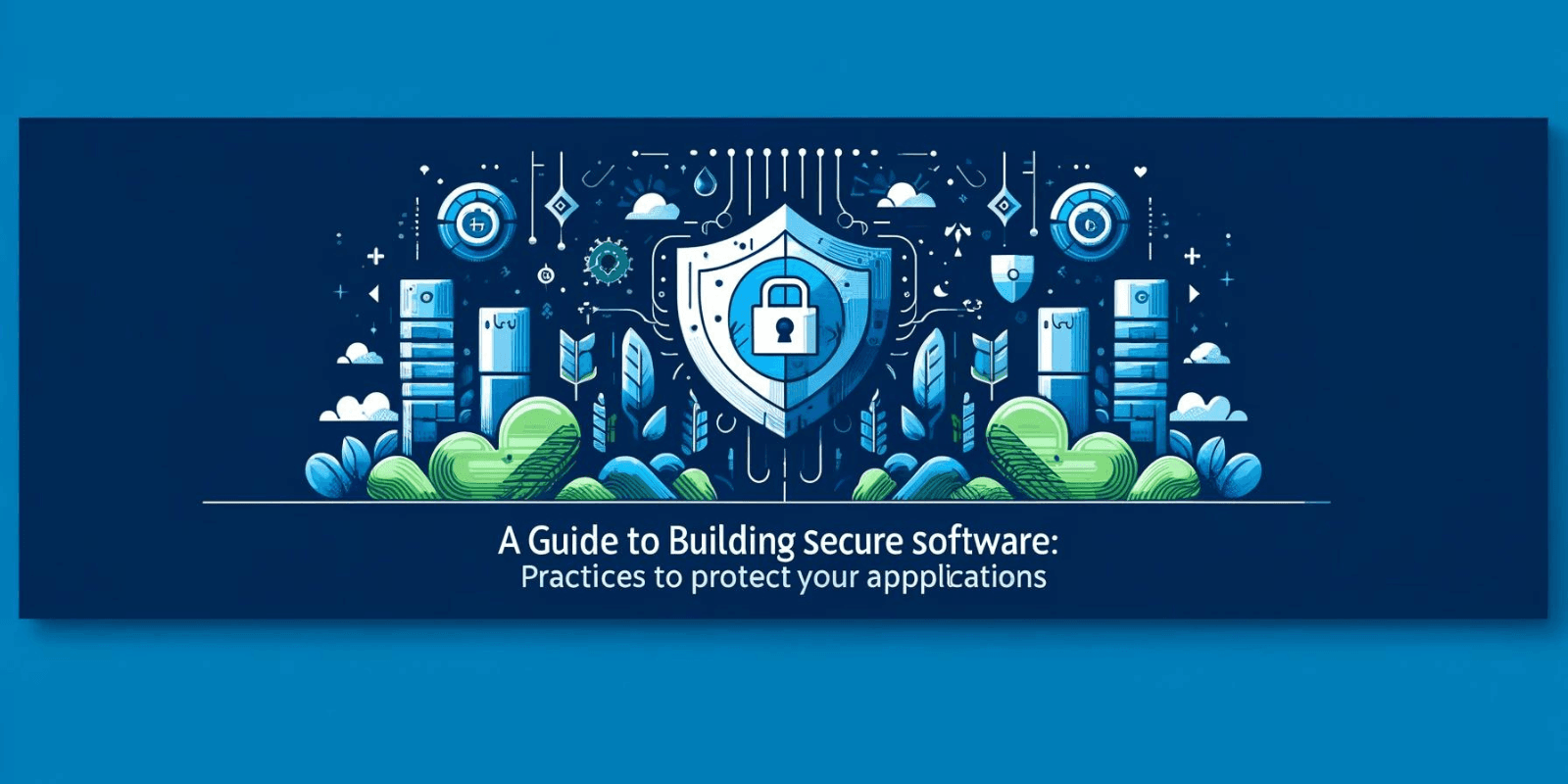
A Guide to Building Secure Software: Practices to Protect Your Applications
A Guide to Building Secure Software: Practices to Protect Your Applications
Introduction
In an era where cyber threats are increasingly sophisticated and pervasive, securing software applications is not just a necessity but a mandatory aspect of development. This guide explores critical practices for building secure software that can withstand common security threats and vulnerabilities.
Understanding Security in Software Development
Security must be integrated into the software development lifecycle from the start. This proactive approach is often referred to as the "Shift Left" strategy, indicating that security considerations begin in the early stages of design and planning.
Core Principles of Secure Software
- Proactive Defense: Anticipate security issues and address them before software deployment.
- Principle of Least Privilege: Ensure that code runs with only the permissions absolutely necessary for its function.
- Regular Security Audits: Conducting frequent audits and using automated tools to detect and fix vulnerabilities early.
Key Security Practices
Implementing robust security practices is crucial for protecting software against breaches and attacks. Here are some essential practices:
Secure Coding Standards
- Input Validation: Always validate input to prevent SQL injection, XSS, and other injection flaws.
- Error Handling: Do not disclose sensitive information in error messages or logs that could assist attackers.
- Encryption: Use strong encryption standards to protect data in transit and at rest.
Dependency Management
- Regular Updates: Keep all software dependencies up-to-date to mitigate vulnerabilities introduced by outdated libraries or frameworks.
- Vulnerability Scanning: Use tools to scan dependencies for known security issues regularly.
Advanced Security Techniques
To further enhance the security of your software, consider the following advanced techniques:
Application Security Testing
- Static Application Security Testing (SAST): Analyze source code for potential security vulnerabilities without executing the code.
- Dynamic Application Security Testing (DAST): Test the running application for vulnerabilities more typical of a runtime environment.
Security by Design
- Threat Modeling: Identify potential security threats and vulnerabilities early in the development process and devise strategies to mitigate them.
- Secure Architecture: Design software architectures that incorporate security controls and threat resistance.
Managing Security in DevOps
Integrating security into the DevOps process, or adopting DevSecOps, ensures that security is a continual focus throughout the application lifecycle.
DevSecOps Best Practices
- Automated Security Pipelines: Incorporate automated security testing and compliance checks into the CI/CD pipeline.
- Incident Response Plans: Develop and regularly update incident response plans to quickly address any security breaches.
Conclusion
Building secure software is an ongoing process that requires vigilance, dedication, and constant improvement. By integrating these security practices into your development processes, you can significantly enhance the security posture of your software applications, protect data, and maintain user trust.